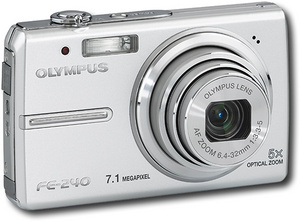When they think about learning to live in a more environmentally friendly way, most people think first of transportation, heating and cooling, and similar direct energy uses. But one of the most significant uses of energy and resources today is food. You might know that it’s better for the environment if you eat local food and eat food that’s in season, because it’s traveled less distance to your plate. But for most people, especially those in colder climates, fresh produce is only available for a small part of the year. Is it possible to eat local food in the winter months as well? It is if you’re willing to learn these simple ways to preserve food yourself. Take the extra from your garden, your local farmer’s market, or your CSA, and save a little for the winter using one of these methods.
1. Canning. Home canned foods can spoil if not prepared properly, but if done right, home-canned foods can last for years. The safest way to can at home is with a pressure cooker, which can be used for both low- and high-acid foods. High-acid foods can also be canned in boiling water, since the acid in the food prevents growth of botulism. It’s important to use only new can lids with rubber gaskets that form an air-tight seal to prevent the food from spoiling. Canned foods maintain much of the flavor and nutritional value of fresh foods, making canning an enjoyable as well as effective way to eat local food year-round.
2. Dehydrating. Dehydrating food can easily be done at home. Electric dehydrators are inexpensive, and solar dehydrators can be constructed from easily-obtained materials such as wood and plastic wrap, or even a few cardboard boxes. Solar dehydrators are the most energy efficient method of preserving your produce. However, they generally require two full day of direct sunlight, so they are only feasible in sunny climates. Electric dehydrators are quick and easy to use, and they are still much more energy efficient than a refrigerator or freezer. Dehydrated food can be quickly rehydrated before eating, and it lasts for around three months when stored in a cool, dry place.
3. Freezing. For many people, freezing is the simplest way to preserve food year-round. Frozen foods will keep for up to a year, and most people already have a freezer in their house. If you are preserving a lot of produce, it might be worthwhile to invest in a free-standing freezer for that purpose. Although freezers use more electricity and energy than other methods, eating local, frozen food is still better for the environment than buying produce from the grocery store. Also, frozen produce maintains more of its original taste and quality than any other method. Freezing essentially stops the food from breaking down, and once re-thawed, frozen fruits and vegetables are almost as delicious and nutritious as they were the day you put them in the freezer.
4. Pickling. Although pickling changes the taste of food considerably, many people love the briny, salty taste of pickled foods. You don’t just have to use cucumbers–almost any kind of produce can be pickled in vinegar and preserved for later use. Pickled foods can usually be kept for a year or more, or even longer if refrigerated.
Sources:
United States Department of Agriculture. Complete Guide to Home Canning.”
Ehow Food and Drink Editor. “How to Use a Solar Dehydrator.” Ehow.com.




